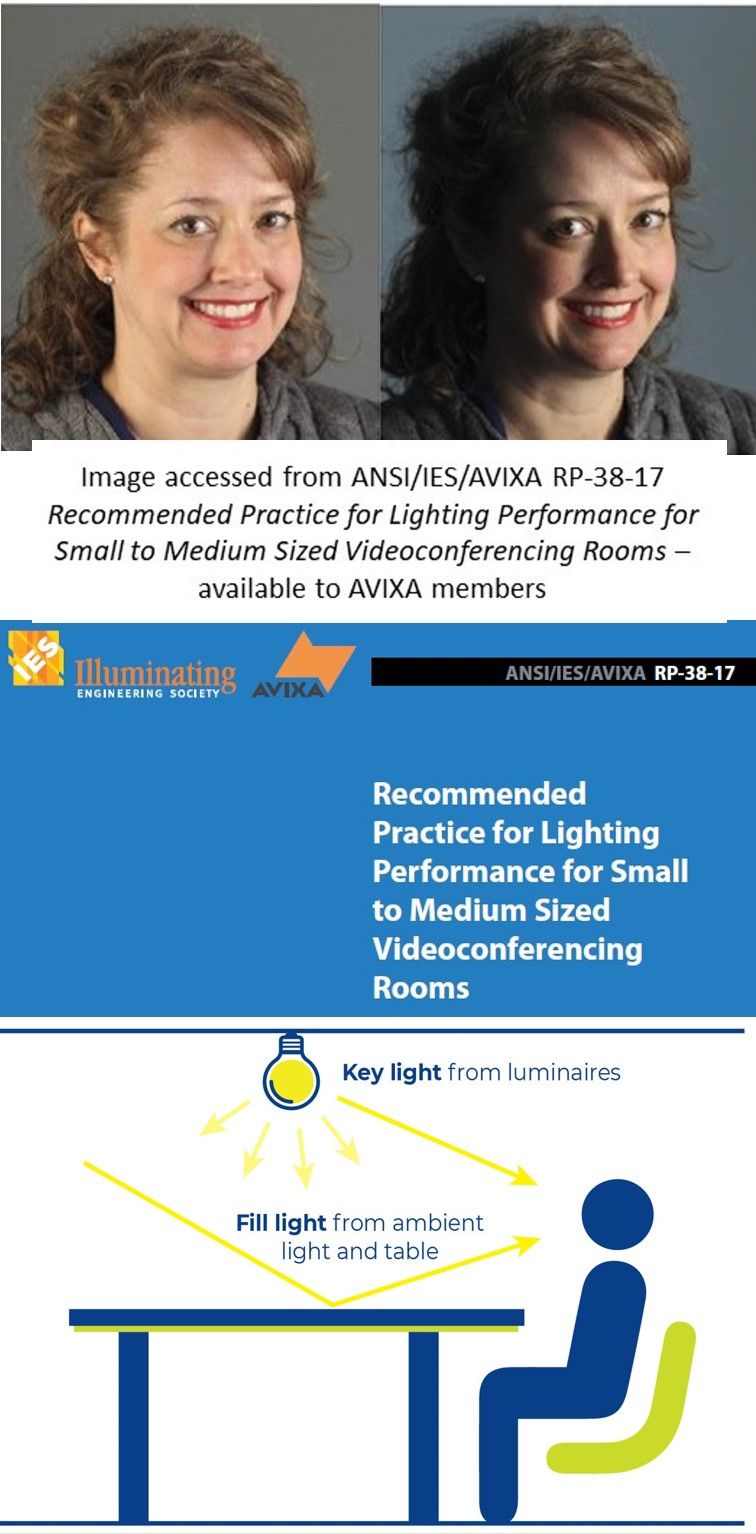Can video conferencing be (unintentionally) racist?
Do all meeting and teaching space users receive equal experiences at the other end of the VC connection?

When consulting on lighting and room design for a global company, many dark-skinned employees expressed discontent about how their faces appeared in video conferences. It’s a ubiquitous issue.
VC cameras have automatic exposure. People have widely varying skin colours - and thus Light Reflectance Values (LRVs). In a camera’s field of view (FOV), the background (which we technicians call ‘the wall’) fills a large but variable percentage of what it ‘sees’. If the wall is too reflective, even white, a dark human face has diminished chances of being transmitted down the wire in the form of high quality video signal.
The colour and the reflectance value of the walls and room surfaces are mission critical. It’s all there in AVIXA’s ‘RP-38-17 Lighting Performance for Small to Medium Sized Videoconferencing Rooms’.
This is not about spending money, as a ten pound tin of paint will fix it. It’s a pre-technology thing: things to get right before you go anywhere near all that bright shiny UC/VC equipment. It's also why these technology-enabled spaces must be treated holistically - they are fully co-dependent systems.

Posted: 10th October 2022